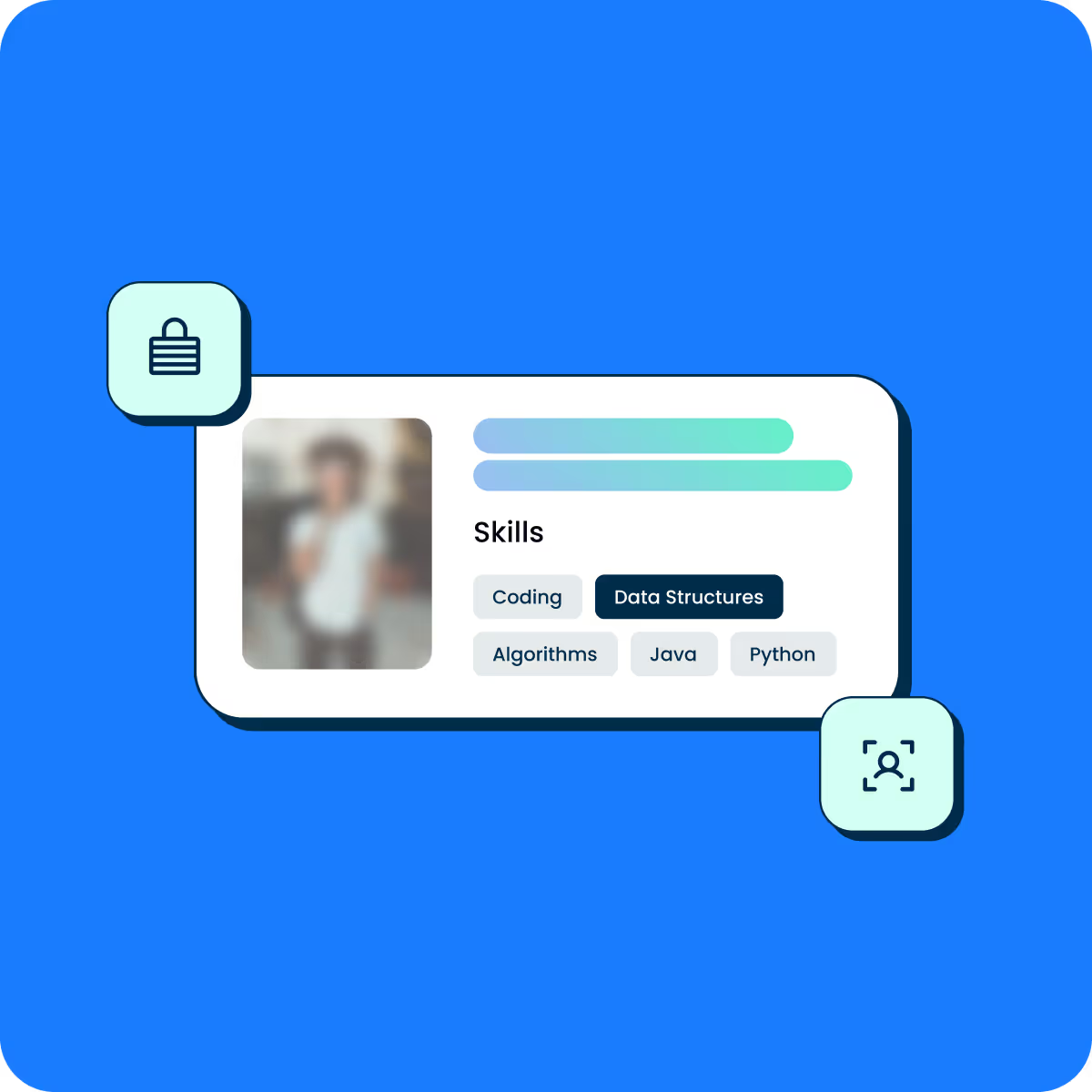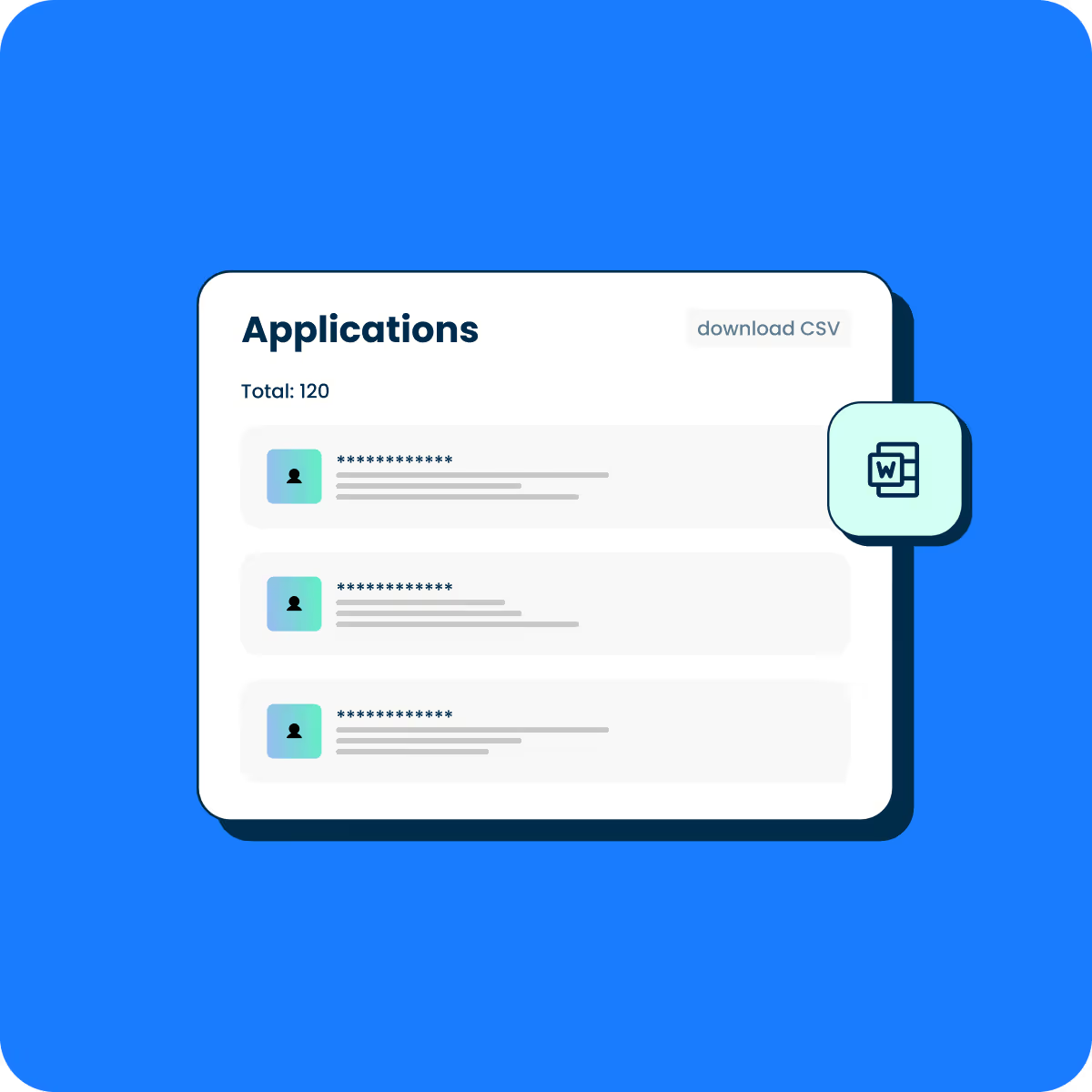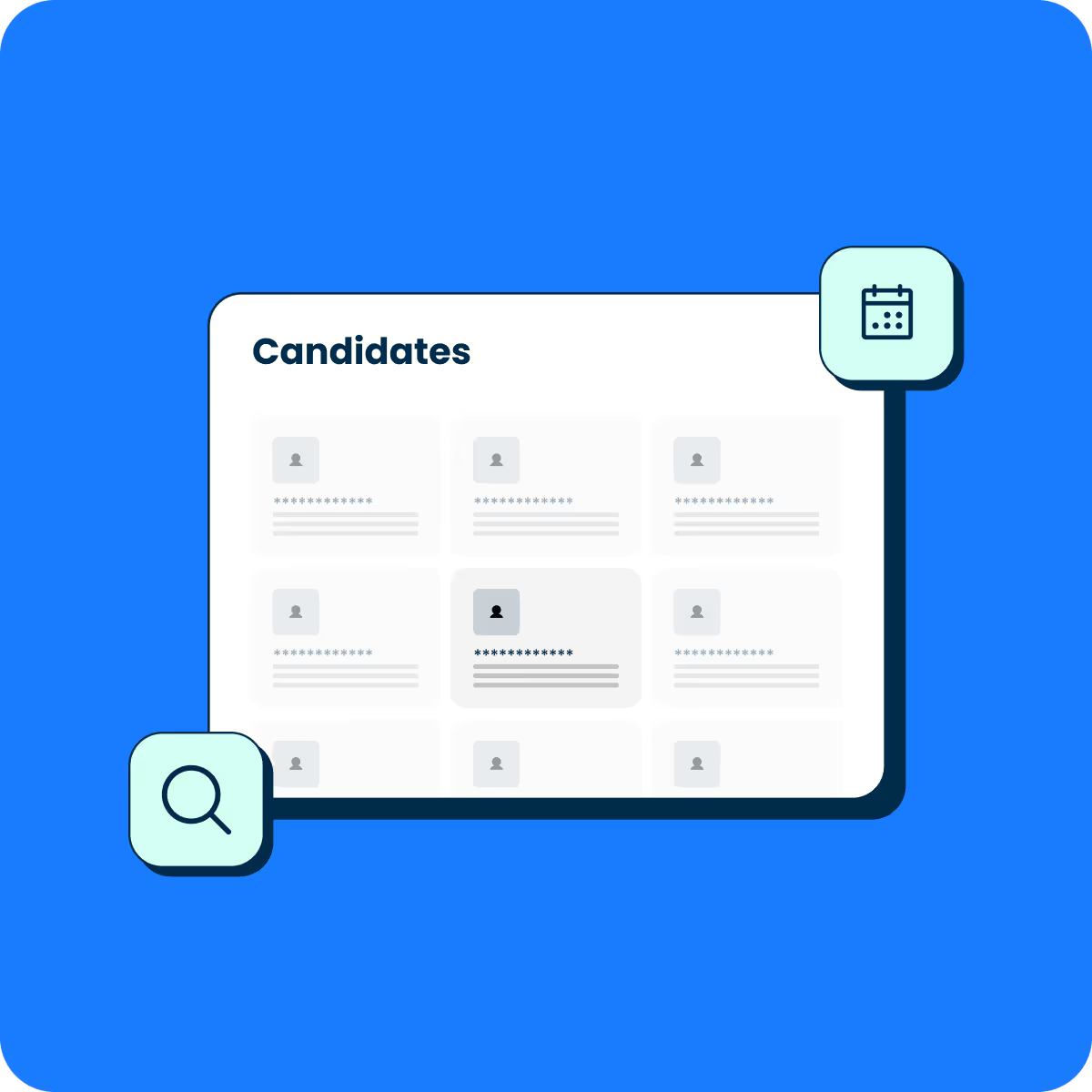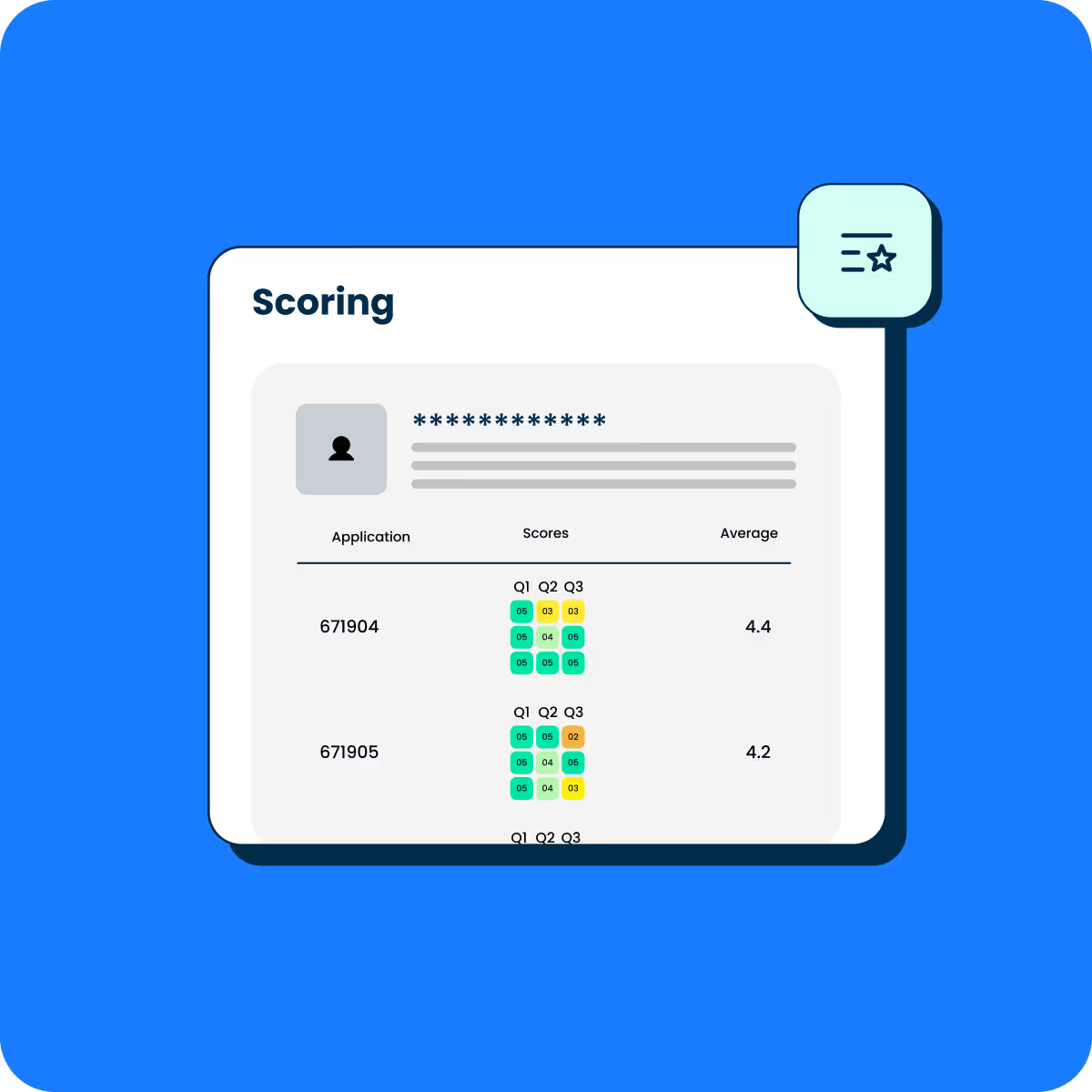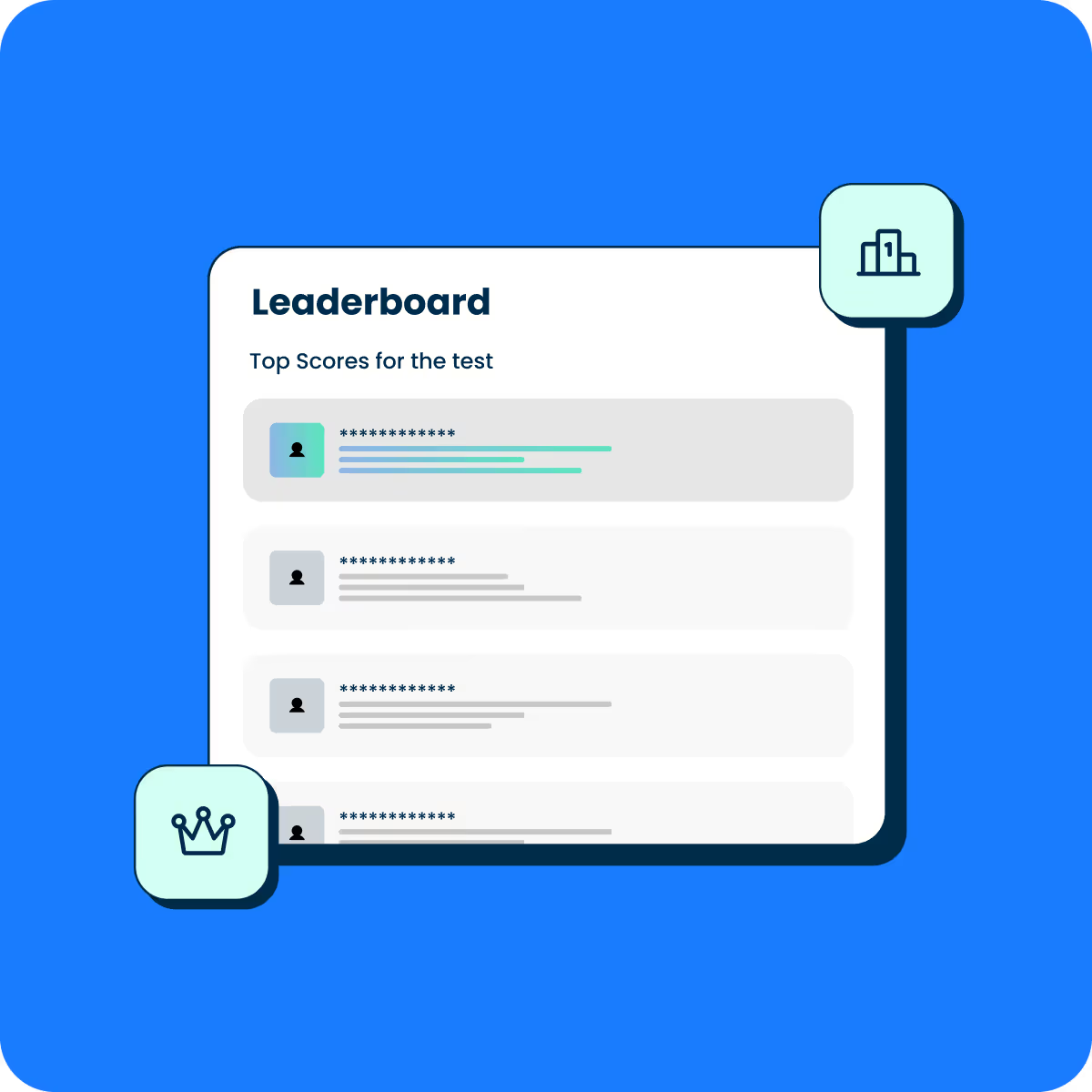‘Sift’ing is grounded in behavioral science principles. It is designed to minimise unconscious bias, allowing objective scoring based solely on candidates' abilities—stripped of irrelevant details or "noise."
With the Applied 'Sift,' your hiring process gains a deeper understanding, ensuring you select candidates based on how well they will perform in the role.

.avif)

